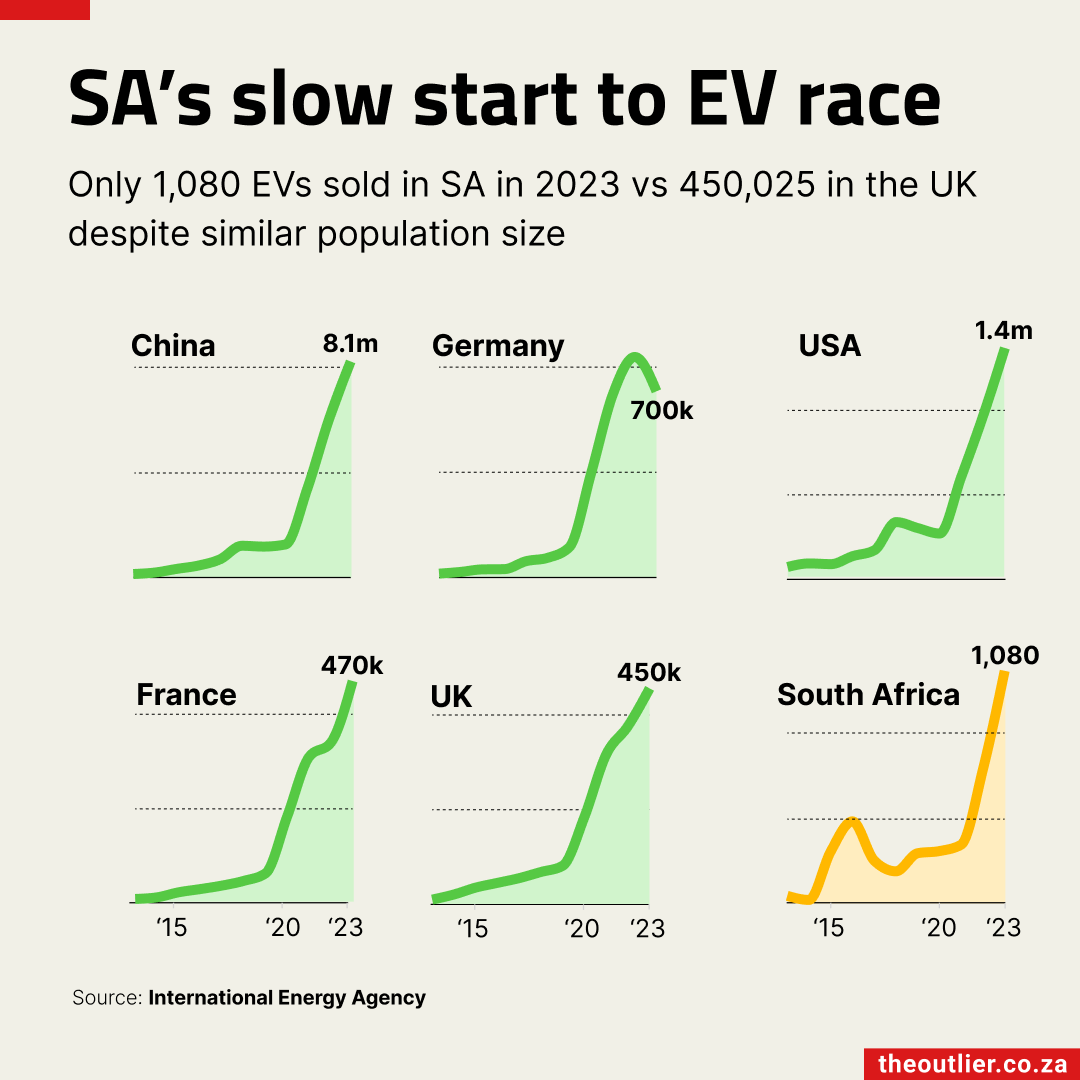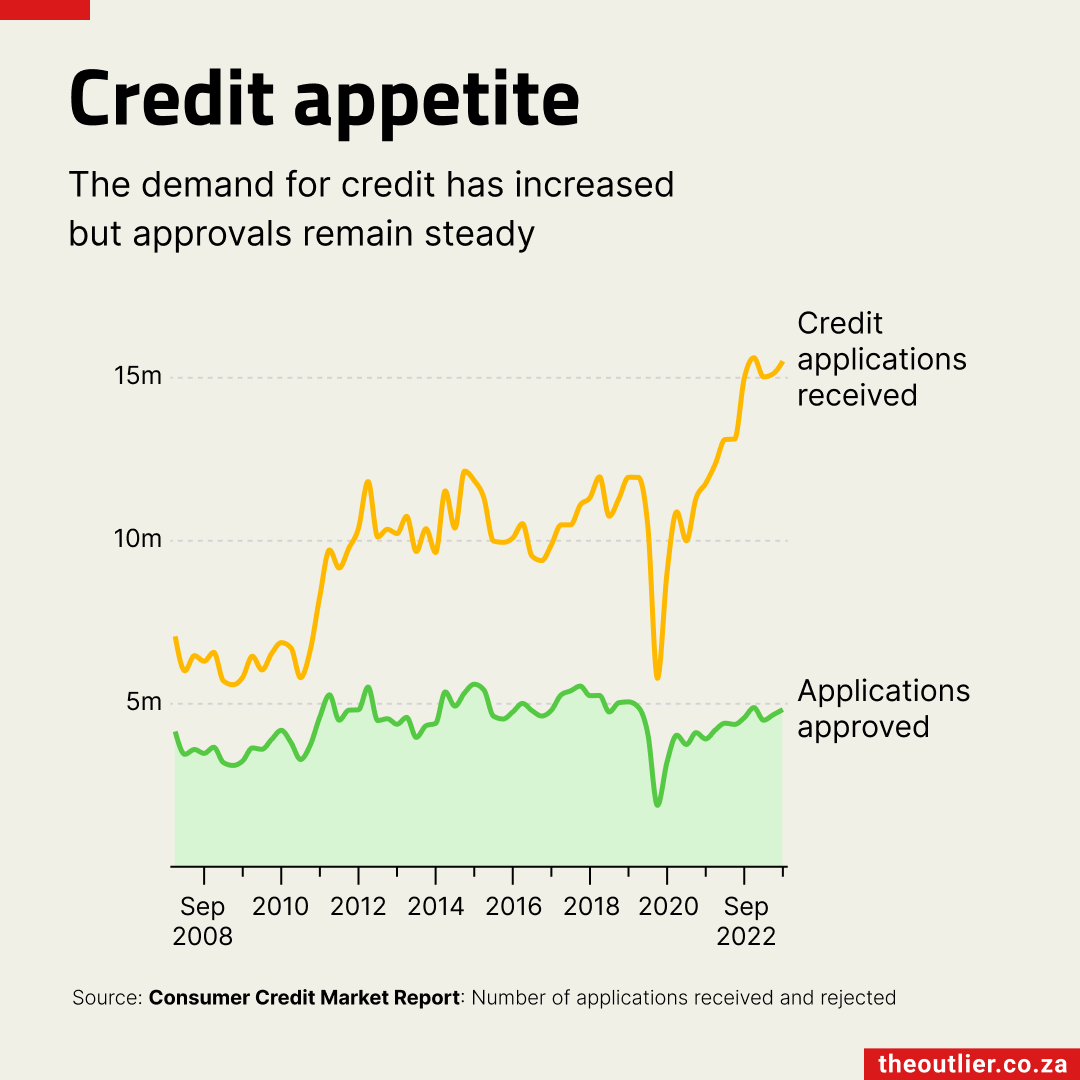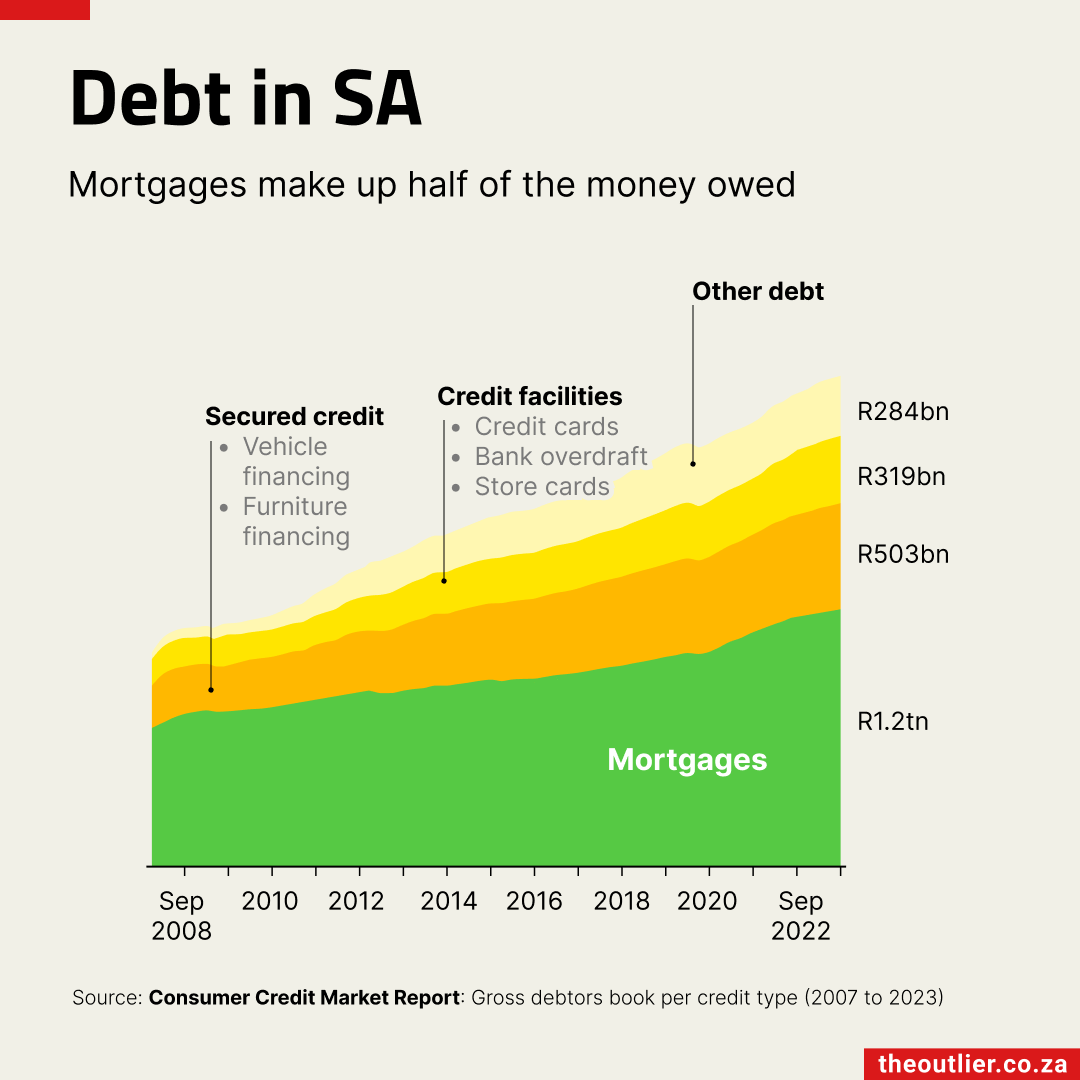What a young population means for Africa in 7 charts and a map
Africa’s population is growing at a fast rate and its population is younger than anywhere else.
- Half of the people living in Africa are 19 years old or younger, which makes it the youngest continent.
- With an average birth rate of 4.4 children per woman, its population is projected to nearly triple by the end of the century.
- This means Africa should be primed for economic growth with a young and expanding workforce, compared with countries like Japan and Italy where half the population is in their late forties or older.
In 2021 India and China each had roughly the same number of people as the entire African continent (1.4-billion). With young populations and high fertility rates, the populations of many African countries are growing rapidly. But does size matter?
‘China has taken advantage of its immensity to change the world more than any other nation over the past generation. Will India do the same in the next generation to come?’ was a question asked in a New York Times article in April 2023.
We could ask the same question of Nigeria, Ethiopia and the Democratic Republic of Congo.
China’s gross domestic product started to increase rapidly in the 1990s, shortly after its population had reached 1-billion. Comparing the GDP per capita of China with the three African countries – and adding India and South Africa for context – it’s clear that China’s meteoric economic growth since the 1990s is about more than simply a massive workforce. India’s population reached 1-billion in 1997, , according to the UN’s World Population Prospects data.

Apart from China and India, there were 12 countries estimated to have 100-million people or more in 2021. Three of them are in Africa. By 2100, this will have nearly quadrupled to 11 countries out of 23 globally.
Nigeria’s population, for example, will have more than doubled to 546-million and it will have overtaken the United States as the third most populous country, according to the UN’s projections.
By the end of this century, five of the 10 most populous countries will be in Africa.
Reaching a peak
If you were born in the mid-1970s, the world’s population has doubled in your lifetime. Global population is estimated to have reached 8-billion on 15 November 2022, but the rate of growth is beginning to slow. The UN projects that population will peak in 2086, at about 10.4-billion people, and start to decrease.
Not so in Africa. The continent’s population has doubled since 1990, from 640-million to 1.4-billion, and it’s expected to nearly triple to 3.9-billion by 2100.

Negative growth
China’s population has started to shrink. It had a 0% growth rate in 2021 and this is expected to continue to fall into negative growth in the future, according to the UN’s data. By 2100 (77 years from now), China’s population is estimated to be about 700-million, leaving India as the only ‘billionaire’ in terms of people.
China isn’t the only country whose population has started to shrink. It is one of five G20 member states with shrinking populations. Italy, Japan, Russia and South Korea all had reached 0% growth or negative growth by 2021, according to the UN’s data.
The G20 is a bloc of the world’s 19 biggest economies and the European Union. All but three of the 19 countries will be at zero growth by the end of the century. The G20 makes up 85% of the world’s gross domestic product and accounts for two-thirds of the population.
In countries, like China, Japan, Italy and Russia, with population growth rates of 0% or less, the birth rate is low and the population is getting older.
In contrast, only 14 African countries are projected to show negative population growth in the next 70 years.


Birth rate
Assumptions about births, deaths and migration as used to project population growth. For a population to replace itself from one generation to the next, the birth rate needs to be 2.1 children per woman, according to the UN.
In 2021 the global average was 2.3 children per woman.
Japan’s birth rate is 1.3, China’s is 1.2, Italy’s is 1.3 and Russia’s is 1.5. In fact, according to the UN’s estimates, the birth rate in all European countries is below 2.1.
And even India – whose population is about to become the world’s biggest – has a birth rate of 2.
Africa’s average birth rate in 2021 was 4.3. But there are a number of countries where the birth rate is higher than six children per woman, such as Niger, Chad, Mali, the DRC, Central African Republic and Somalia. In all but a few countries the birth rate is lower than it was in 2001.

The young continent
High birth rates mean that African countries have young populations compared with the rest of the world. The global median age is 30 years old (half the population is 30 or younger), but in Africa, half of the population is aged 19 or younger.
Niger is the ‘youngest’ country in the world with a median age of 14.5. The oldest is the principality of Monaco with a median age of 54.5, followed by Japan with a median age of 48.4.

African countries will have young and expanding workforces that they will be able to tap into. When a country’s population has a proportionately high number of working-age people (15 to 64 years) and a proportionately low number of young and old people, it has a ‘demographic dividend’ because there are enough people of working age to support the non-working population.
In 1990, at the start of China’s economic boom, the median age of its population was 23.7, which is only slightly older than that of many African countries now.
The question is will these countries be able to take advantage of this ‘demographic dividend’ by providing enough employment for their young population and educating them for the types of jobs needed for the future?






